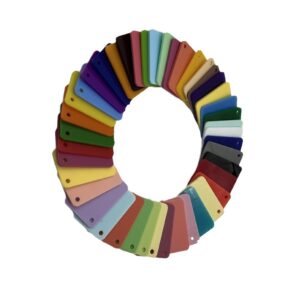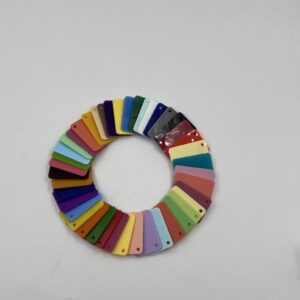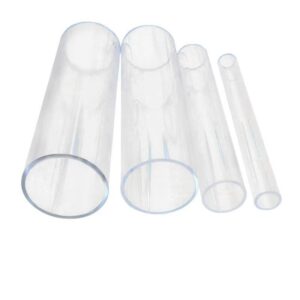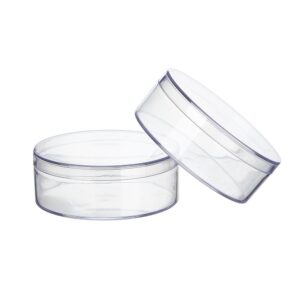Summary
Personalized acrylic home decor represents a contemporary trend in interior design, merging functionality with individual artistic expression. Utilizing the unique properties of acrylic—a lightweight, versatile, and durable material—this form of decor allows homeowners to create customized pieces that enhance the aesthetic appeal of their living spaces. From custom wall art and furniture to engraved plaques and mirrors, personalized acrylic items cater to diverse styles and tastes, making them notable additions to modern home interiors.
Table of Contents
The increasing popularity of personalized acrylic decor is driven by its adaptability and the growing consumer desire for unique, tailored designs. This trend has led to the integration of acrylic with other materials, resulting in multi-dimensional decor that adds depth and character to homes.
Moreover, the accessibility of DIY projects and online customization options has empowered individuals to express their creativity and personalize their environments in ways that reflect their identities.
Despite its aesthetic advantages, the use of acrylic in home decor has raised important environmental considerations. While acrylic is recyclable, the production processes are energy-intensive and can contribute to plastic waste if not managed properly. As such, there is ongoing discourse surrounding the sustainability of acrylic compared to more traditional materials like wood, with consumers increasingly favoring eco-friendly practices in their purchasing decisions.
Overall, personalized acrylic home decor encapsulates a blend of innovation and self-expression, offering endless possibilities for customization while also highlighting crucial discussions about sustainability in modern design.
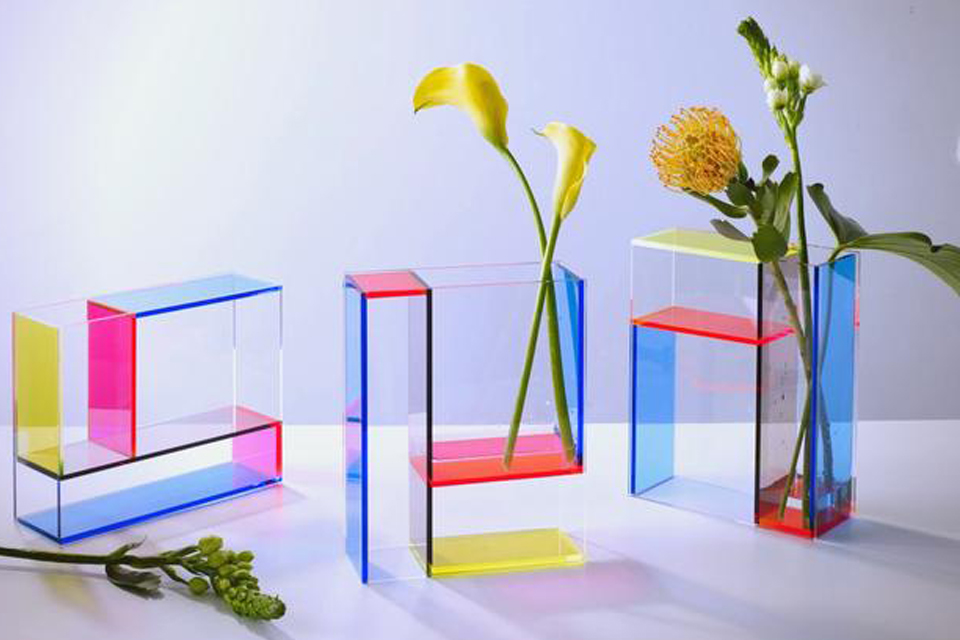
Types of Personalized Acrylic Home Decor
Personalized acrylic home decor offers a wide array of options that can enhance any living space while reflecting individual style and preferences. The versatility of acrylic allows it to be transformed into various functional and artistic elements within the home.
Custom Acrylic Wall Art
One of the most popular forms of personalized acrylic decor is custom wall art. Designers can create unique pieces tailored to a homeowner’s aesthetic, integrating colors and shapes that harmonize with existing decor. This can include abstract de- signs or personalized imagery, turning an ordinary wall into a vibrant focal point.
Personalized Furniture Items
Acrylic can also be fashioned into custom furniture pieces such as coffee tables, shelves, and chairs. These items not only serve practical purposes but can also act as statement pieces that draw attention. For instance, a bespoke acrylic coffee table can combine elegance with functionality, making it an ideal centerpiece for contemporary living rooms.
Customized Acrylic Mirrors
Acrylic mirrors are another exciting option for personalization. These mirrors can be shaped and colored to match various themes within a home, providing both utility and artistic appeal. A custom-designed mirror can serve as a conversation starter while enhancing the light and space in a room.
Engraved Acrylic Plaques
Engraved acrylic plaques are a sophisticated way to add a personal touch to home decor. They can feature intricate designs or messages, making them suitable for awards, trophies, or personalized gifts. These plaques are often durable and resistant to fading, ensuring that they maintain their appeal over time.
Mixed Material Designs
Personalized acrylic decor can also involve the creative blending of materials. For example, combining acrylic with wood or metal can result in multi-dimensional pieces that are both stylish and functional. This approach allows homeowners to express their personal taste while ensuring that the decor complements the overall design of the space.
Personalized Acrylic Portraits
Acrylic portraits are not only decorative but also serve as emotional focal points within a home. They can capture significant moments or personalities, infusing spaces with warmth and character. The unique properties of acrylic allow for vibrant colors and detailed depictions, making these artworks captivating additions to any room.
Through these varied options, personalized acrylic home decor can cater to diverse tastes and styles, enhancing the ambiance of any living space while offering endless possibilities for personal expression.
Design Considerations
When creating personalized acrylic home decor, several design considerations are essential to ensure that the final pieces are both aesthetically pleasing and functional.
Versatile Configuration
A versatile design is crucial for personalization. Using a five-piece set allows for various configurations and orientations, enabling individuals to mix and match elements to reflect their unique preferences and styles. This adaptability can transform a space, making it feel more personal and inviting.
Material Selection
The choice of materials significantly impacts the sustainability and aesthetic appeal of acrylic decor. For example, materials like Fitwall® and Undora® are designed with sustainability in mind, incorporating recycled content that enhances both their ecological footprint and visual appeal. Fitwall® consists of a high concentration of minerals and 6% recycled PET, which not only reduces plastic waste but also promotes the circular economy through its unique design options that mimic natural textures like wood and terracotta.
Color Psychology
Color plays a vital role in interior design, influencing mood, energy levels, and overall ambiance. Neutral tones such as soft whites, warm greys, and natural beiges can amplify brightness and create a sense of calm, while vibrant accents can infuse personality into a space. Designers can leverage color psychology to create environments that resonate emotionally with occupants, enhancing the overall experience within the space.
Installation and Maintenance
Ease of installation and maintenance are important considerations for acrylic decor. Lightweight materials, such as those used in the Fitwall® panels, allow for quick installation without the need for special equipment or extensive construction work. This feature is particularly beneficial for renovations or projects that require agility without sacrificing design quality.
Aesthetic Versatility
The ability to create visually striking pieces is a hallmark of personalized acrylic decor. The integration of textures derived from natural materials offers a practical and aesthetic alternative to traditional decor methods, enhancing warmth and character in any space. By combining innovative designs with environmentally conscious materials, designers can craft spaces that are not only beautiful but also reflect a commitment to sustainability.
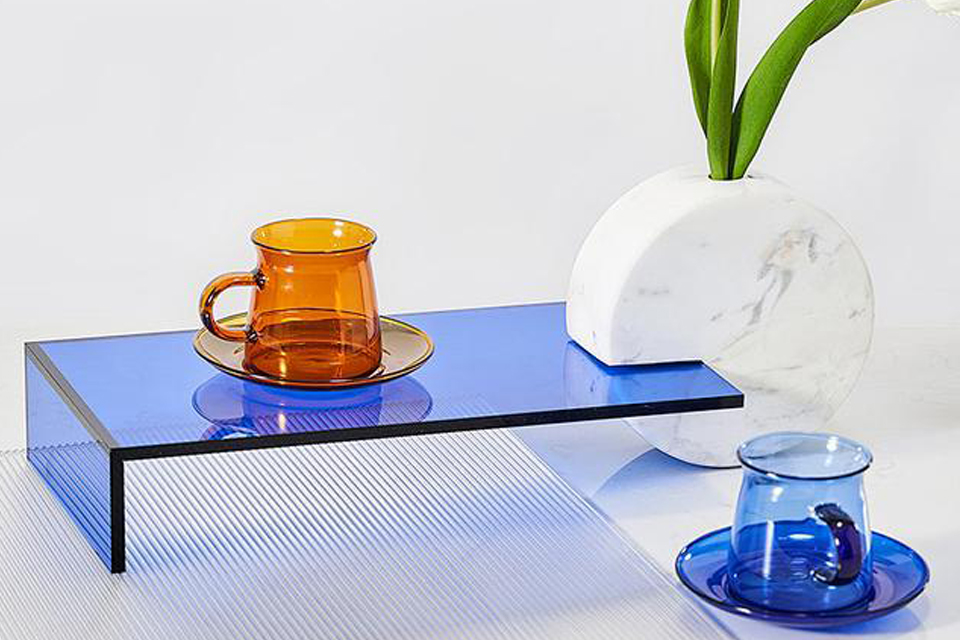
DIY Personalized Acrylic Decor
Overview of Acrylic in Home Decor
Acrylic has become a popular choice in the world of home decor due to its versatility and potential for personalization. Its ability to be easily shaped, molded, and colored allows for a wide range of custom designs, including acrylic wall art, personalized lamps, and unique furniture items like coffee tables and shelves. This flexibility makes acrylic suitable for various home aesthetics, from minimalist to bold and modern.
Customization Options
One of the standout features of personalized acrylic decor is the opportunity to com- bine it with other materials, such as wood, metal, or fabric, creating multi-dimensional and stylish pieces. For instance, a personalized acrylic mirror can function as both a decorative item and a practical piece, while a custom-made acrylic table can serve as a focal point in contemporary living spaces. Furthermore, acrylic can be laser-cut, etched, or printed, making it an excellent medium for custom decorative elements like logo plaques, acrylic quotes, or unique signage for gallery walls.
Crafting Your Own Acrylic Decor
Creating DIY personalized acrylic decor can be a rewarding project. To get started, you will need some basic tools and materials. Essential supplies may include acrylic sheets, a utility knife or jigsaw for cutting, a cutting mat, and safety gear like gloves and goggles.
Cutting Techniques
When cutting acrylic, two popular methods include the score-and-snap technique for thinner sheets and using a circular saw for thicker pieces. For the score-and-snap method, score the acrylic several times along a straight line and then snap it along the scored line for a clean cut. For curves or more intricate designs, power tools may be necessary, but care should be taken to minimize vibrations that can cause chipping.
Finishing Touches
After cutting your acrylic pieces, consider adding personal touches like painting or etching designs onto the surface. For example, spray painting acrylic can achieve vi- brant colors, and using stencil techniques can create intricate patterns or quotes.
Once completed, these personalized acrylic decor items can be integrated into your home to reflect your unique style. By embracing the possibilities of acrylic, DIY enthusiasts can create one-of-a-kind decor that enhances their living spaces while showcasing their creativity and individuality.
Purchasing Options
When it comes to acquiring personalized acrylic home decor, consumers have a variety of avenues to explore. Many retailers and online platforms offer a wide selection of customizable acrylic products that cater to diverse tastes and preferences. These items range from personalized gifts and memorabilia to functional decor pieces such as tables and chairs made from acrylic materials.
Online Retailers
Numerous online retailers specialize in print-on-demand services, enabling customers to order bespoke acrylic items that reflect their personal style. These platforms often provide user-friendly interfaces where shoppers can easily upload designs, select colors, and add personalized text or images to their chosen products. This not only enhances the shopping experience but also ensures that each item can be uniquely tailored to individual needs.
Local Craft Stores
Local craft stores and artisan shops frequently carry a selection of acrylic decor, including customizable options. This allows consumers to support local businesses while also finding unique pieces. In-store shopping can also offer the advantage of seeing products in person before purchasing, which can be particularly beneficial for ensuring color and size match the intended design aesthetic.
Custom Orders
For those seeking highly personalized options, custom orders are often available through specialized designers and crafters. These professionals can work closely with clients to create one-of-a-kind pieces that align perfectly with their vision. This process may involve discussing materials, dimensions, and design elements to achieve a satisfactory result.
Price Considerations
While personalized acrylic items are generally affordable, prices can vary based on factors such as complexity of design, size, and the type of retailer. Customers are encouraged to compare prices across different platforms to ensure they are getting the best deal. Additionally, many print-on-demand services promise the lowest prices and guarantee satisfaction, making them attractive options for budget-conscious consumers.
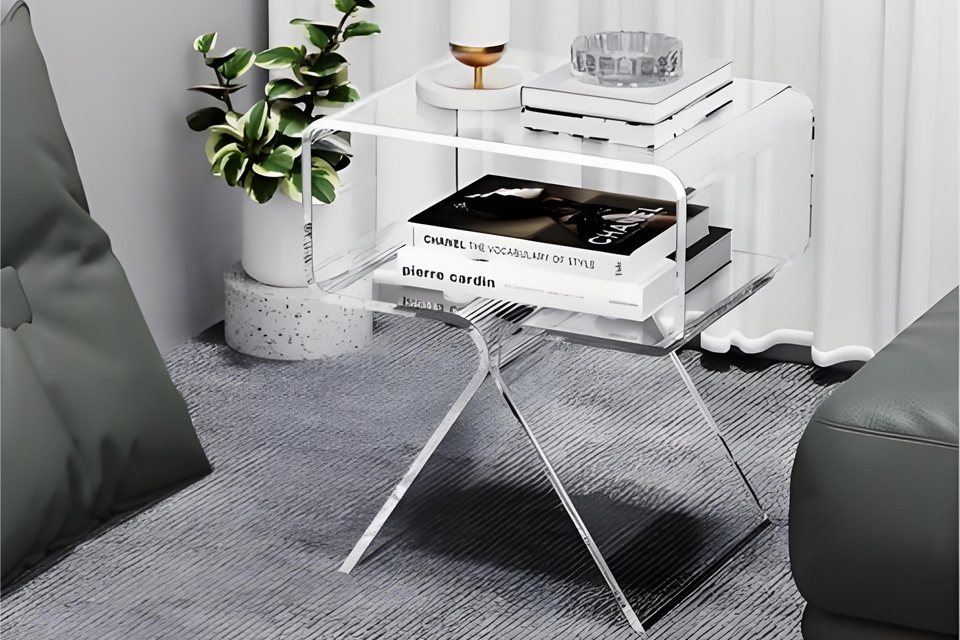
Trends in Personalized Acrylic Decor
Integration of Acrylic with Other Materials
The world of home decor has increasingly embraced the potential of personalized acrylic pieces, allowing for unique designs that cater to individual tastes and preferences. Custom-designed acrylic wall art, personalized lamps, and even furniture items like acrylic coffee tables and shelves are becoming popular choices for home- owners seeking to enhance their living spaces. This versatility is amplified by the material’s ability to easily integrate with other elements, such as wood, metal, and fabric, enabling the creation of multi-dimensional and stylish decor items that stand out in any room.
Rise of Multi-Dimensional Designs
As the aesthetic preferences of consumers evolve, there has been a noticeable shift from austere minimalist designs towards more textured and multi-dimensional decor. This trend reflects a growing desire for depth and vibrancy within home interiors, encouraging designers to experiment with different textures and materials alongside acrylic. Personalized acrylic mirrors, for example, serve as both functional items and artistic expressions, while custom-made acrylic tables act as statement pieces in contemporary settings.
Shifting Away from Open Concept Designs
The COVID-19 pandemic has transformed how people utilize their living spaces, leading to a decline in the popularity of open concept designs. Instead, there is a burgeoning preference for distinct areas within the home that provide privacy and solitude. In this context, personalized acrylic decor is being utilized to create visually appealing partitions or designated spaces that maintain a sense of openness while offering a degree of separation.
Eco-Friendly Considerations
With increasing awareness of environmental sustainability, the use of acrylic in home decor has also highlighted its eco-friendly attributes. Acrylic is highly recyclable, allowing for the repurposing of waste generated during manufacturing, which con- tributes to a closed-loop recycling system. As consumers look for sustainable options, incorporating personalized acrylic pieces can align with their eco-conscious values, making these items not only stylish but also responsible choices.
Lightweight and Durable Solutions
Acrylic’s lightweight nature and durability make it a practical alternative to heavier materials, appealing to homeowners looking for functional yet attractive decor options. This quality enhances the ease of installation and repositioning of decor items, while also reducing the carbon footprint associated with transportation. Additionally, the longevity of acrylic products minimizes the need for frequent replacements, further aligning with sustainable living practices.

Environmental Impact
The environmental impact of materials used in personalized acrylic home decor is an important consideration for consumers and manufacturers alike. Acrylic, a versatile plastic, presents both benefits and challenges in terms of sustainability, resource usage, and end-of-life disposal.
Resource Extraction and Production
Acrylic is derived from petroleum, a non-renewable fossil fuel. The extraction and re- fining processes involved in producing acrylic consume significant amounts of energy and water, contributing to greenhouse gas emissions and environmental degradation. In contrast, sustainable wood products, when sourced responsibly, offer a renewable alternative that can help mitigate these environmental impacts. However, irresponsible logging practices can lead to deforestation and loss of biodiversity.
Waste and Pollution
Plastic pollution remains a pressing global crisis. Only about 9% of all plastic waste produced has been recycled, leading to microplastics contaminating oceans and overflowing landfills. Acrylic, despite its recyclability, often ends up in the environment if proper disposal methods are not followed. On the other hand, wood products decompose naturally, presenting a lower risk of pollution, as they do not release toxic substances when breaking down.
Recycling and End-of-Life Impact
While acrylic can be recycled, its recycling rates are inconsistent, and many facilities do not accept all types of acrylics. In contrast, wood can be reused in construction or downcycled into new wood products, and it decomposes without harmful chemical emissions, making it a more eco-friendly choice at the end of its life cycle. Moreover, innovations in recycling technologies are allowing for better management of acrylic waste, including reintroducing scrap material back into the production process, which reduces the demand for new resources.
Sustainable Practices in Acrylic Production
Manufacturers are increasingly adopting sustainable practices in acrylic production to reduce their environmental footprint. This includes utilizing recycled materials and optimizing production processes to conserve energy and minimize waste.
By focusing on sustainable manufacturing, the acrylic industry aims to balance consumer needs with environmental protection, striving to reduce its ecological impact.





